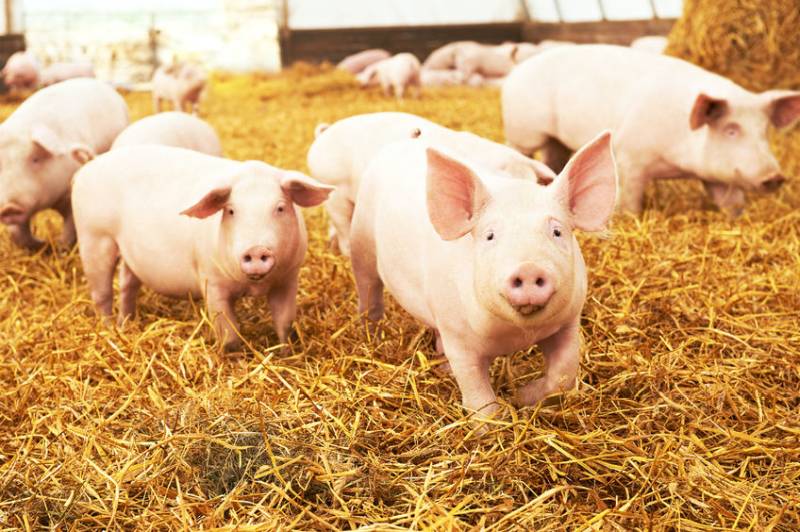
UK pig prices show no sign of slowing down as they continue to be driven higher by a combination of tighter domestic supplies and record prices across the EU.
The EU-spec SPP increased by a further 2.04p to reach 209.75p per kg during the week ended 4 March.
The National Pig Association (NPA) said this figure would, in the past, have been "unimaginable".
This followed two relatively modest increases that saw the price index increase by 1.3p over the previous fortnight.
It means it has now gained 9.5p in the space of just eight weeks, with the latest record high standing at nearly 72p ahead of a year ago.
The NPA said that along with lower input costs, many pig producers were now starting to return a profit on their production.
However, the industry body warned that there was still a "very long way to go to claw back the losses of the past two years".
Recent figures published by Defra show that England alone has lost one-fifth of its female breeding pig herd following the industry's heavy financial losses.
Elsewhere, prices in Europe have also been moving up at record pace, as tight supplies combine with steady domestic demand and higher retail prices, along with reasonable export sales.
After gaining a massive 14p over the previous fortnight, the EU reference price was up by a further 3.17p during the week ended 26 February to reach 198.87p/kg.
While Germany was fairly static, notable gains were seen in Spain, the Netherlands and France.
The gap between the EU and UK reference prices has narrowed further to less than 9p, whereas typically the gap will be in the region of 20-30p.
AHDB estimates, which are sometimes subject to revision, continue to show GB slaughtering levels significantly below the equivalent weeks in 2021 and 2022.
Estimated slaughterings during the week ended 4 March were 1,000 down on the week at 154,167 and, more significantly, 30,000 below 2022 levels and 34,000 below the 2021 figure.
